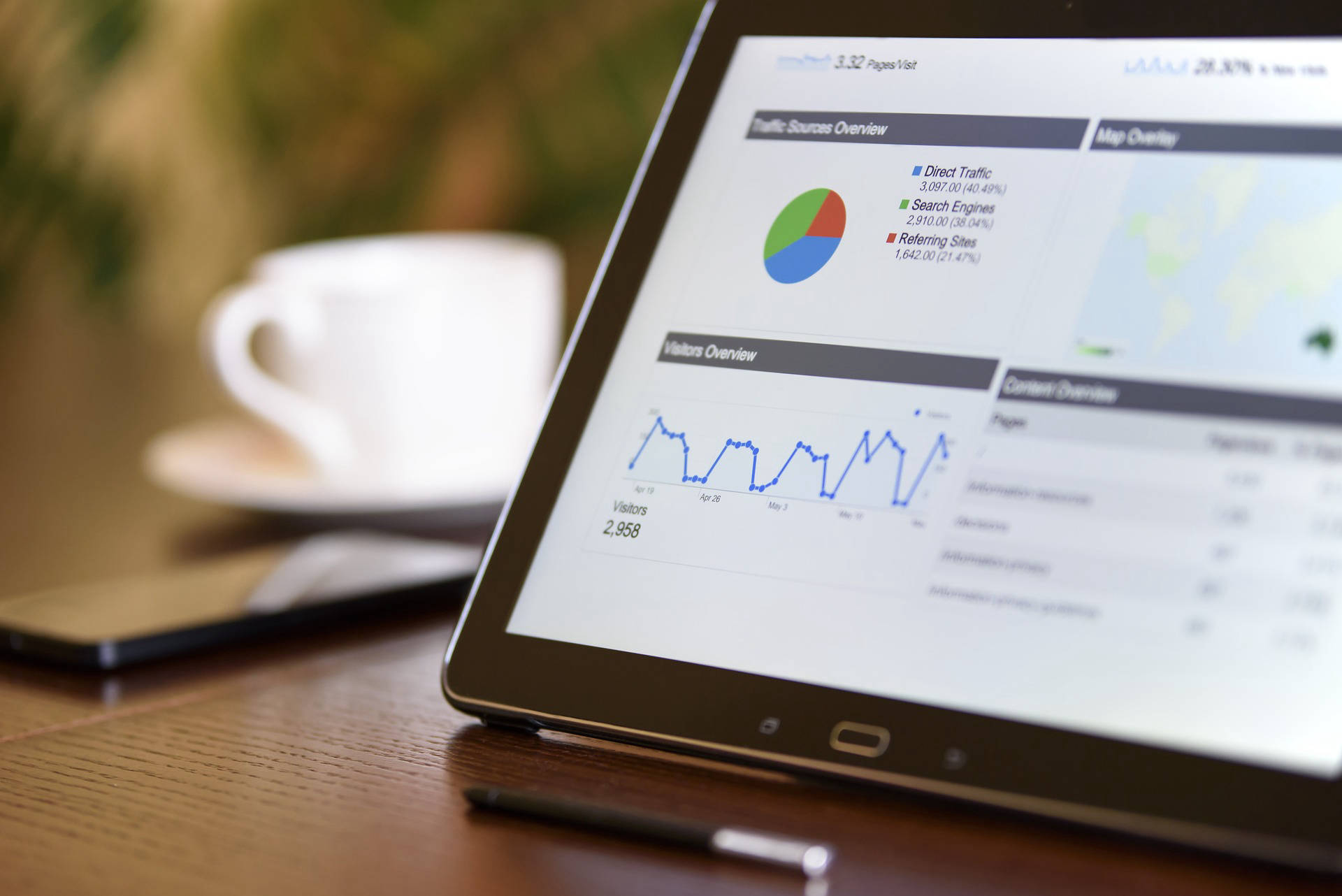How to Auto-Post from Discord Group Chat to Facebook Page

As a community manager, business owner, or content creator, managing multiple platforms can be overwhelming. Discord and Facebook are two of the most popular platforms for engagement, but often, sharing content from one to another can be a manual, tedious process. Thankfully, there are ways to automate the posting of content from a Discord group chat to a Facebook page. This guide will walk you through the process of setting up an auto-posting system from Discord to your Facebook Page, so you can streamline your content sharing and save time.
Why You Might Want to Auto-Post from Discord to Facebook
Before we dive into the how-to, let’s explore why you might want to set up an auto-posting system between Discord and Facebook.
1. Save Time
Manually posting content to both platforms can be time-consuming. Automating the process allows you to manage your communities with less effort and more consistency.
2. Increase Engagement
By automatically sharing updates, announcements, and discussions from your Discord group to your Facebook page, you can keep your Facebook followers in the loop with little additional work.
3. Improve Community Interaction
For businesses and creators, connecting your Discord community to your Facebook page allows your followers to engage with content across platforms. It helps broaden your reach and increase interactions.
How to Set Up Auto-Posting from Discord to Facebook Page
Setting up auto-posting from Discord to Facebook requires the use of third-party tools like Zapier, IFTTT, or custom bots. These tools can integrate Discord with Facebook, allowing for seamless auto-posting. Below, we’ll walk you through the Zapier method, as it’s one of the most user-friendly and widely used tools for automation.
Step 1: Sign Up for Zapier
To use Zapier, you’ll need an account. Follow these steps:
Go to the Zapier website and sign up for an account.
After logging in, click on the "Make a Zap" button at the top-right corner of the page to start creating your automation (known as a Zap).
Step 2: Connect Discord to Zapier
Choose Discord as the "Trigger" app in the search bar.
You’ll need to connect your Discord account to Zapier. You’ll be prompted to log into your Discord account and grant Zapier permission to access it.
Select the Discord server and the text channel from which you want the posts to be shared. For example, you may want to auto-post announcements or general discussions.
Step 3: Set the Trigger Event
Next, you need to define what action will trigger the post to Facebook. In this case, you can choose New Message Posted to Channel as the trigger event. This means that whenever a new message is posted in your selected Discord channel, Zapier will automatically push it to your Facebook page.
Step 4: Connect Facebook to Zapier
Now, you need to set up Facebook as the Action app.
In the Zapier interface, search for and select Facebook Pages as the action app.
Choose the action event Create Page Post, which will allow Zapier to automatically post messages to your Facebook Page.
Connect your Facebook account to Zapier by following the prompts. You’ll be asked to log in to Facebook and grant permission for Zapier to post on your behalf.
Step 5: Set Up the Post Format
Next, configure the details of the Facebook post. You can customize the post text by using fields from Discord. For example, you can pull in the message content, author name, and any other information you want to display in your Facebook post.
In the "Set Up Template" section, you can map the content from Discord to the Facebook post. For example, the message content field will pull in the message sent in Discord and publish it as a Facebook post.
You can also add other elements, such as a link, image, or custom message to the post template.
Step 6: Test Your Zap
Before activating your Zap, it’s important to test it to ensure everything works correctly.
After setting up your template, click the Test & Review button. Zapier will test the automation by posting a message from Discord to your Facebook page.
Check your Facebook page to confirm that the post was successfully published.
Step 7: Activate Your Zap
Once you’re satisfied with the test, click Turn on Zap to activate the automation. Your Zap will now automatically post any new messages from the selected Discord channel to your Facebook page.
Tips for Optimizing Your Auto-Posting Workflow
Limit Auto-Posts to Specific Channels If your Discord server has multiple channels, you may want to set the automation to only post from specific channels (like an announcements or events channel) to avoid spammy content on your Facebook page.
Use Filters for More Control Zapier allows you to set up filters that can refine which messages get posted. For example, you can configure it to only post messages that contain certain keywords or to post only messages from specific users.
Personalize Your Facebook Posts While automating posts can save time, make sure to review the content before it goes live. You can include extra details, hashtags, or calls to action that will make the post more engaging.
Use Scheduling Tools For more control over when your posts go live, you can integrate your Facebook posts with scheduling tools like Buffer or Hootsuite. This can allow you to schedule posts at optimal times, even if the messages are coming from Discord.
Alternatives to Zapier for Auto-Posting
If Zapier isn’t your preferred tool or if you’re looking for a more customizable solution, there are a few alternatives you can consider:
IFTTT (If This Then That): IFTTT is a simple automation tool similar to Zapier. It supports many of the same integrations and allows you to create applets for automating the process of sharing Discord messages to your Facebook page.
Custom Discord Bots: For those with programming knowledge, creating a custom Discord bot can give you full control over the automation process. You can build the bot to listen for specific commands or messages in Discord and post them to Facebook using Facebook’s Graph API.
Social Media Management Tools: Tools like Buffer, Hootsuite, and SocialBee allow you to connect multiple platforms and schedule content, but they typically don’t offer native integrations with Discord. However, you can use third-party APIs or connectors to create a bridge between Discord and these tools.
Conclusion
Auto-posting from Discord to Facebook is an excellent way to save time and keep your communities engaged across platforms. By using tools like Zapier or IFTTT, you can automate the process and ensure that important updates from your Discord group make it to your Facebook page with minimal effort. While setting up the integration might take a bit of time, the benefits—such as streamlined content sharing and increased engagement—are well worth the investment.
Remember to always check the content before posting to ensure it aligns with your brand’s tone and goals. Whether you're a business, content creator, or community manager, automating this process can help you stay consistent and engaged with your audience across both platforms.

Start Growing your Instagram followers
Faster with PopularUp
Over 500+ 5 Star Reviews. Grow Your Account Today With Our Organic Methods


